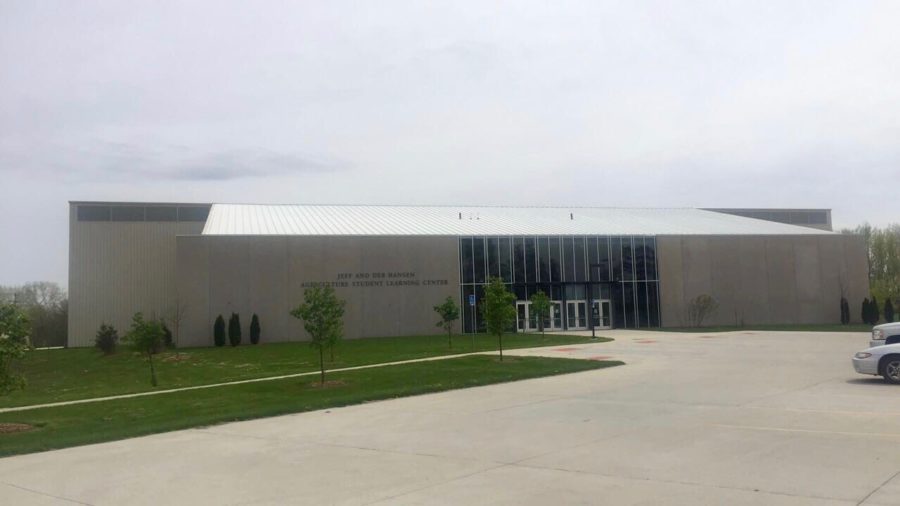LEED buildings promote an energy-efficient campus
April 18, 2017
The Live Green! initiative at Iowa State has been influencing construction projects all around the university and Ames area.
The Leadership in Energy and Environmental Design (LEED) certification system is being used to make sure any new construction around campus is environmentally conscious.
Iowa State has been taking many measures to become a more energy-efficient campus and work toward a sustainable future. Through education and research, Iowa State has made many programs to help support the LEED facilities and help shape the permanent eco-friendly behaviors of students.
Iowa State is trying to achieve a community that is devoted to sustainability and committing to more resourceful habits.
The Hansen Agriculture Student Learning Center on Mortensen Road received a gold rating in March of 2015. In a press release for the building put out by the university, Kerry Dixon, coordinator for sustainable design and construction in facilities planning and management, said this will become a more common practice.
“This is becoming the way companies do business, so the LEED certification process isn’t about spending more, it’s just a little more [labor] and paperwork,” Dixon said.
Not only are these buildings no more expensive, but each one is built to last.
“We build buildings that have a life expectancy of 50 to 100 years,” Dixon said in a previous interview with the Daily. “Most developers are building 10- to 20-year buildings, so they’re looking for the fastest, cheapest way to build something. We’re building buildings that have to last.”
Buildings like Morrill Hall and State Gym have achieved the LEED certification along with 12 other buildings at Iowa State.
Six buildings at Frederiksen Court are awaiting a gold certification in the near future, along with Marston Hall after its renovation.
In order to be a LEED-certified facility, the building will receive a certain amount of points to attain one of the rating levels. The four rating levels are certified, silver, gold and platinum.
The point system depends on many factors, including energy, atmosphere, materials, resources and design process.
The category that gets the most points to be considered an LEED building is the energy performance. Having a minimum energy performance is already required but it depends on the optimized energy performance for that building.
Depending on how environmentally friendly and energy efficient a building is will determine its ranking. Implementing the LEED system in large institutions like Iowa State will make the university less wasteful and save money in the meantime.
Iowa State currently has three silver-, eight gold- and two platinum-certified buildings and plans to add more. Upcoming projects include the football training facility, Lagomarcino Hall, BioCentury Research Farm and the Agriculture and Biosystems Engineering Building. Current parts of Curtiss Hall and Troxel Hall are waiting for final certification.
The LEED system can be applied to any buildings, not just large centers. Projects ranging from hospitals to suburban homes have implemented the LEED construction and design certifications into their buildings.
















